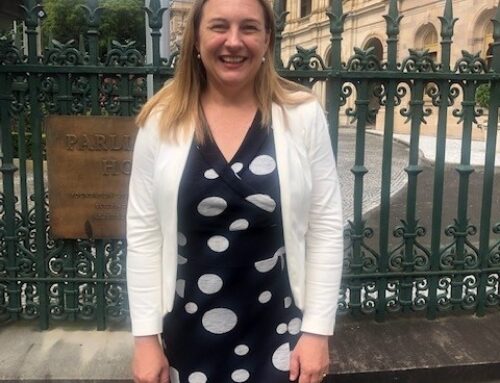Our criminal justice system is regularly opened up for criticism in the media. I am always wary of “trial by media” or broad based criticisms of our Judges by journalists. Our criminal justice system is not and will never be perfect as it relies on individuals to make decisions about who to believe. Whether that individual is a juror or a Judge – they are human.
It is important to remember that our legal process and the rules of evidence have been developed over centuries to try to increase the prospect of the truth being revealed. Underpinning the rules that have developed is the principle that the state must bear the very heavy onus of proving that the alleged committed all elements of an offence “beyond reasonable doubt”. This is the cornerstone of maintaining civil liberties. Regrettably, even with all of the checks and balances in place, there are still innocent people incarcerated. As lawyers, we do not want to encourage undermining fundamental human rights on the basis of hard cases.
Monday night’s Four Corners program was an extraordinary piece of journalism. It was very balanced in its investigation and analysis of the vexed issue of consent. Even more extraordinary was the courage of Saxon Mullins in explaining in detail her experience as the victim of a non-consensual sexual encounter which lead to a 5 year ordeal including a criminal investigation, trial, conviction, retrial, quashed conviction and then appeal leading to reinstatement of the conviction.

Image from ABC – Four Corners
Saxon spoke with such eloquence and poise about her experience and I doubt that anyone would fail to sympathise with her. This was particularly the case given that the facts of her rape were largely undisputed. The only element in dispute is whether her assailant had reasonable grounds to believe she was consenting.
The story has led to calls to change the guidelines for judges and juries when addressing the ways in which they consider an assailant may form a view that they have consent on reasonable grounds. These changes, if they are made, will still have shortcomings. In every case, the jury or the judge, will still need to consider all the facts in reaching a conclusion and there will always be grey areas.
There was another aspect to this issue which was not addressed on the program. The “grey areas” which can fall between the cracks of the criminal law can be picked up by the civil law.
When OJ Simpson was ordered to pay damages to the families of Nicole Brown Simpson and Ron Goldman for wrongful death, I remember people commenting on how crazy the US justice system was. My non-lawyer friends and family said “how can he be found not guilty of murder and then be ordered to pay damages for wrongful death”. I explained that this can and does happen in Australia as well.
A judge or jury may have “reasonable doubt” that a person has committed an offence and acquit them of the offence. However, the same evidence is often still more in favour of the victim than the accused. That will be enough for a victim who has sustained injuries to make a successful claim for compensation under our civil justice system where they need only show that the incident occurred “on the balance of probabilities”.
Civil law also has its limitations. Insurance does not usually cover a person for deliberate acts. There is no guarantee that the perpetrator will have the resources to meet an award of damages. Although the government makes ex gratia payments under the criminal compensation scheme, those payments are dependent on the available funds and not the impact of the injuries on the victim.
Nonetheless, the intersection of criminal and civil law is an important part of understanding our system of justice.


![Medical Records and Claims for Personal Injuries – Maher v Russell [2022] ACTSC 297](https://karelawyers.com.au/wp-content/uploads/2023/02/files.jpg)



